Here we have the Konica Autorex; the only 35mm SLR that can switch mid-roll between full-frame and half-frame. It’s quite rare (only a handful in the UK) and I was able to borrow it from a friend for a test.
It was launched in 1965, as the Autorex in Japan and the Auto-Reflex (with a hyphen) in the rest of the world. This was the first Konica SLR with a new version of their bayonet lens mount — the K/AR (Konica / Auto-Reflex) mount, which was used for the remainder of the Autoreflex (all one word) line of cameras.
The layout is quirky in places. The rewind lever sits right on the end of the camera, like some rangefinders. It’s geared, so the axis of rotation isn’t concentric with the film cassette. There’s no built-in flash shoe on top of the prism (which gives a clean ‘vintage’ look) but this one has the optional accessory shoe that attaches to the circular viewfinder, held in place with a threaded ring.
Another oddity of the Konica Autorex is the shutter speed selector dial, which is mounted on the front of the body. It’s a design choice only used a handful of times over the history of 35mm SLRs. Olympus chose it a couple of years earlier for the Pen F, as did Ricoh a couple of years later for the Singlex TLS. Exakta chose it again in 1970 for the Twin TL, and Arsenal went for a front-mounted shutter dial another fifteen years later for the Kiev 19. If you don’t count the manual adapter for the Olympus OM-10, then I can’t think of any other SLRs with the speed selector on the front of the body. If you can think of any, or if you think it’s a good or bad choice, please comment below.
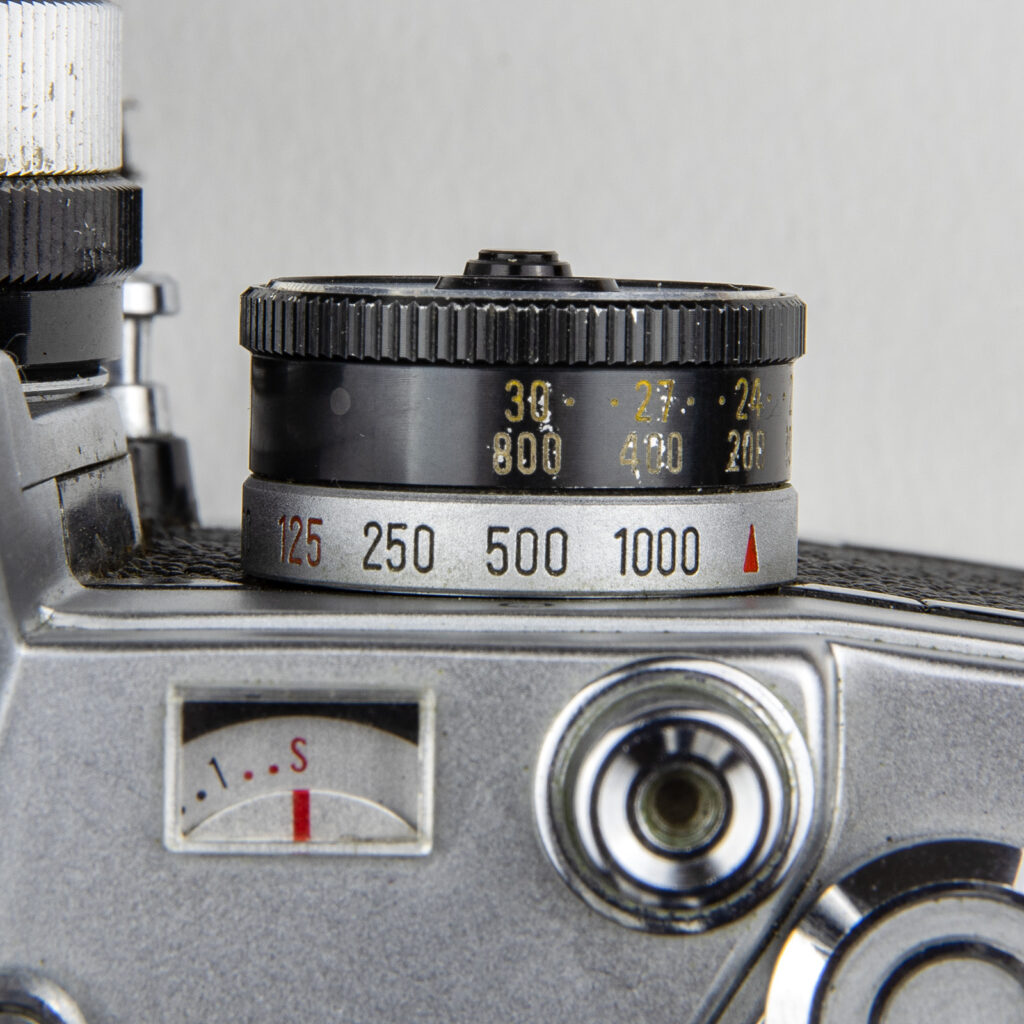
This dial arrangement contributed to my missing an important feature, and mistakenly thinking the light meter wasn’t working. Testing the Konica on my TTL meter calibration rig showed no difference in the reading as the amount of light going through the lens was changed. A little alarmed, I contacted the owner who pointed out that it doesn’t have TTL metering, and the light sensor window is on the front of the shutter speed dial. A slightly egg-on-face moment…
Apart from that, the Konica Autorex handles like many of the other big heavy 35mm SLRs of the period. Except, that is, for its party trick — the little lever next to the prism that’s marked ‘HALF’ and ‘FULL’.
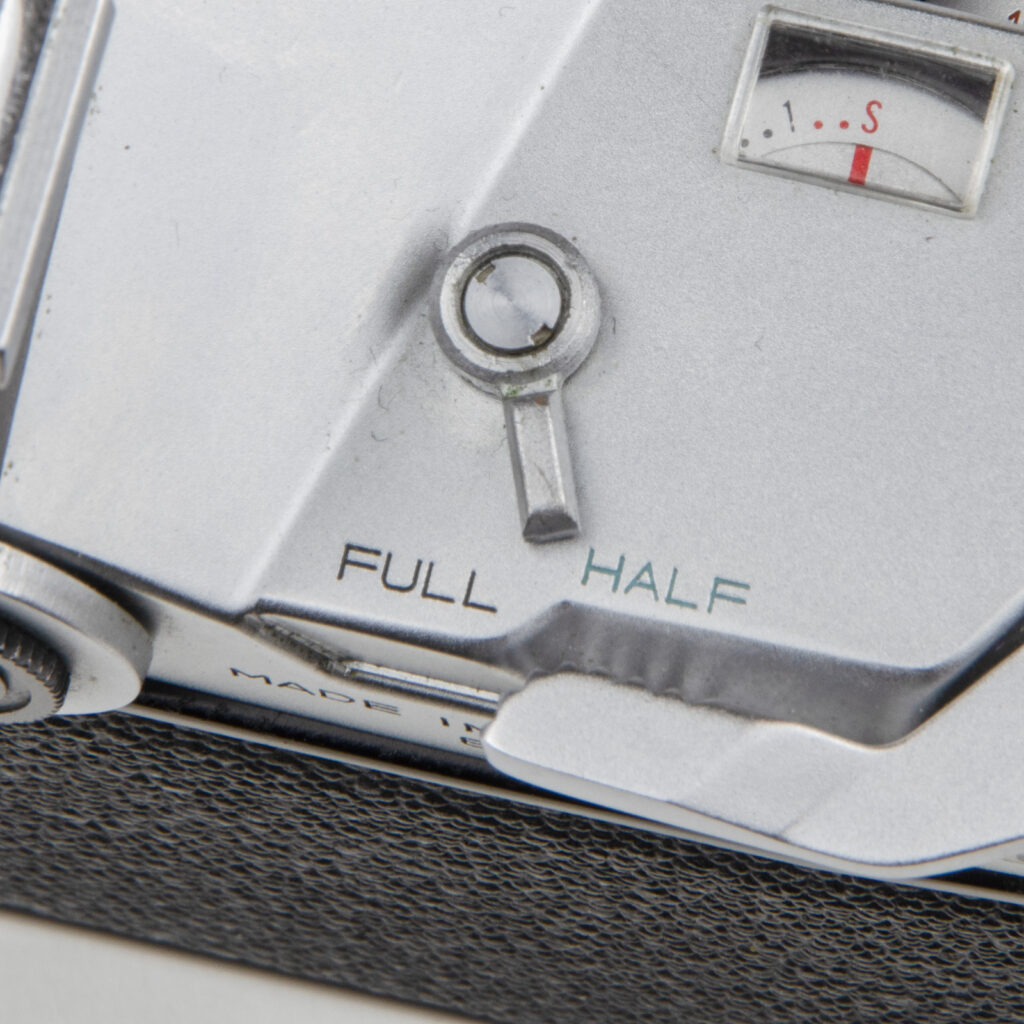
Moving it to the Half position brings a couple of masks across the film gate, reducing the width of the opening. It doesn’t change anything in the viewfinder, but the focusing screen has two vertical engraved frame lines that define the limits of the smaller format. It also reduces the film advance distance from 8 perforations to 4, seemingly achieved by making the wind lever only engage with the mechanism for the second half of its travel.
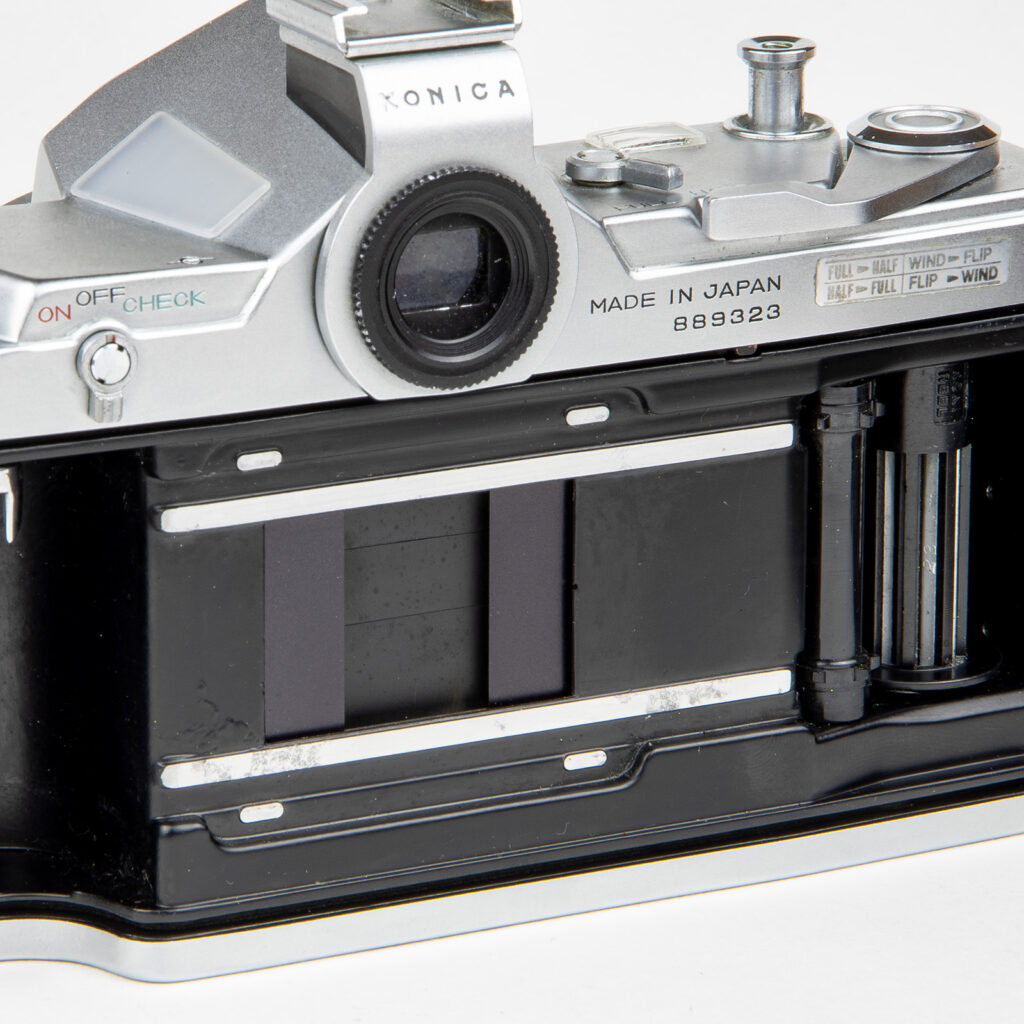
On the back of the Konica Autorex is a label showing the correct operating sequence when going from full-frame to half-frame or vice-versa. You have to ‘Wind’ first, then ‘Flip’ the lever when going from FF to HF, and ‘Flip’ then ‘Wind’ for HF to FF. Do it in the right order, and there will be a frame gap of 11mm for each transition. Get it wrong, and you’ll end up with overlapping images on the negative. Frustratingly, there isn’t any visual indication of whether the camera is already wound on (like on a 1970s L-series Praktica), which would be especially useful here. The frame counter always counts up to 36 by the end of the film, whichever format you’re using.
I look it to a garden open day at Holme Hale Hall, near Shipdham in Norfolk. The camera I borrowed came with the original Hexanon 50mm f1.8 lens, and I had no others with the K/AR mount. However, the dual format gives you another effective focal length of 70mm in half-frame mode, so there were plenty of creative opportunities. The built-in meter allows for shutter-priority automatic exposure, or you can use the needle reading against the aperture scale in the viewfinder as a suggestion and chose a manual aperture setting. Focusing is with a central microprism spot, which isn’t as easy as a split-image prism but is still usable.
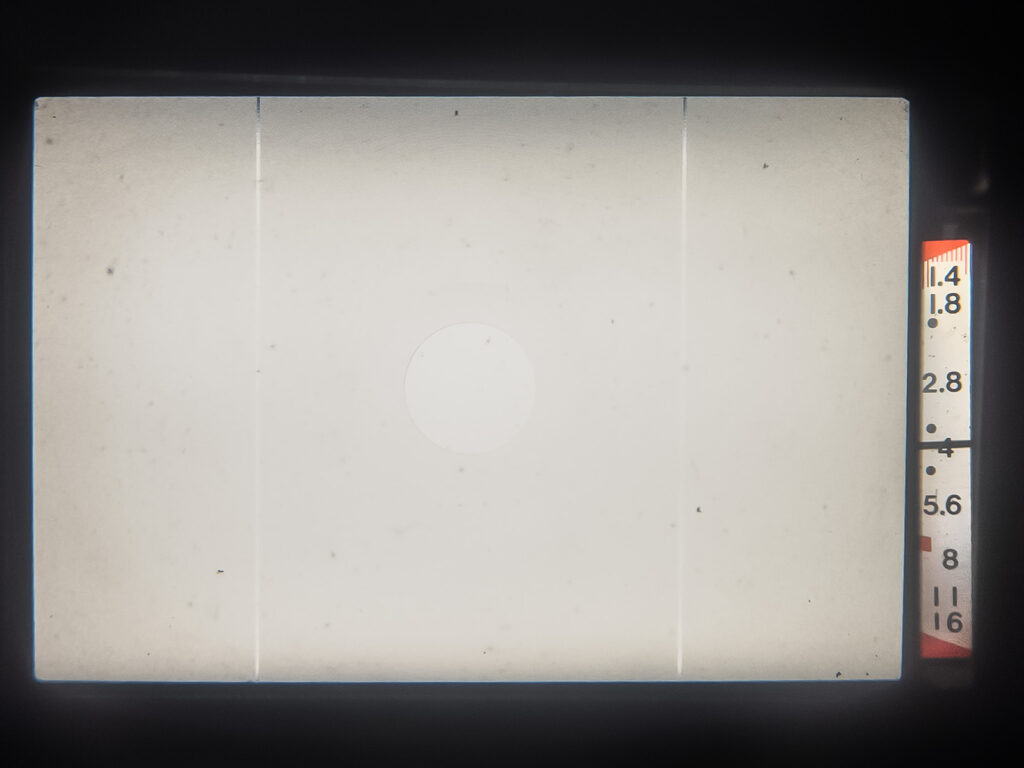
In the course of shooting a roll of Kodak ColorPlus 200, I switched between FF and HF several times so I could see how it looked on the negative.
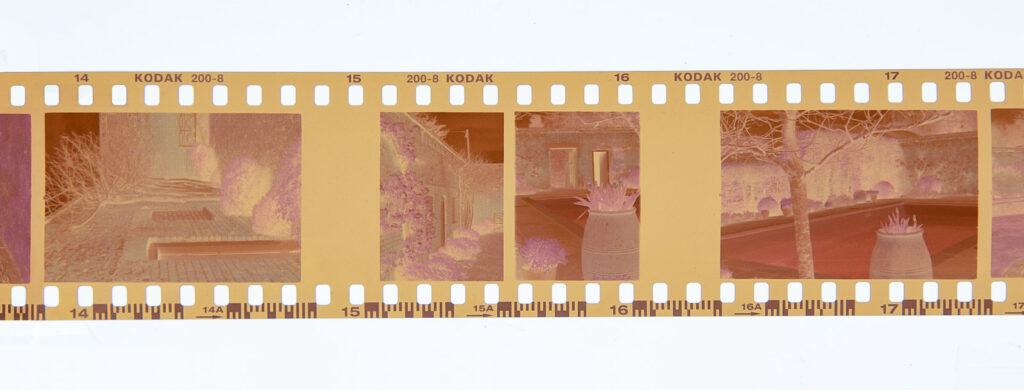
Here’s a few of the pictures, with the captions indicating whether they’re full-frame or half-frame.
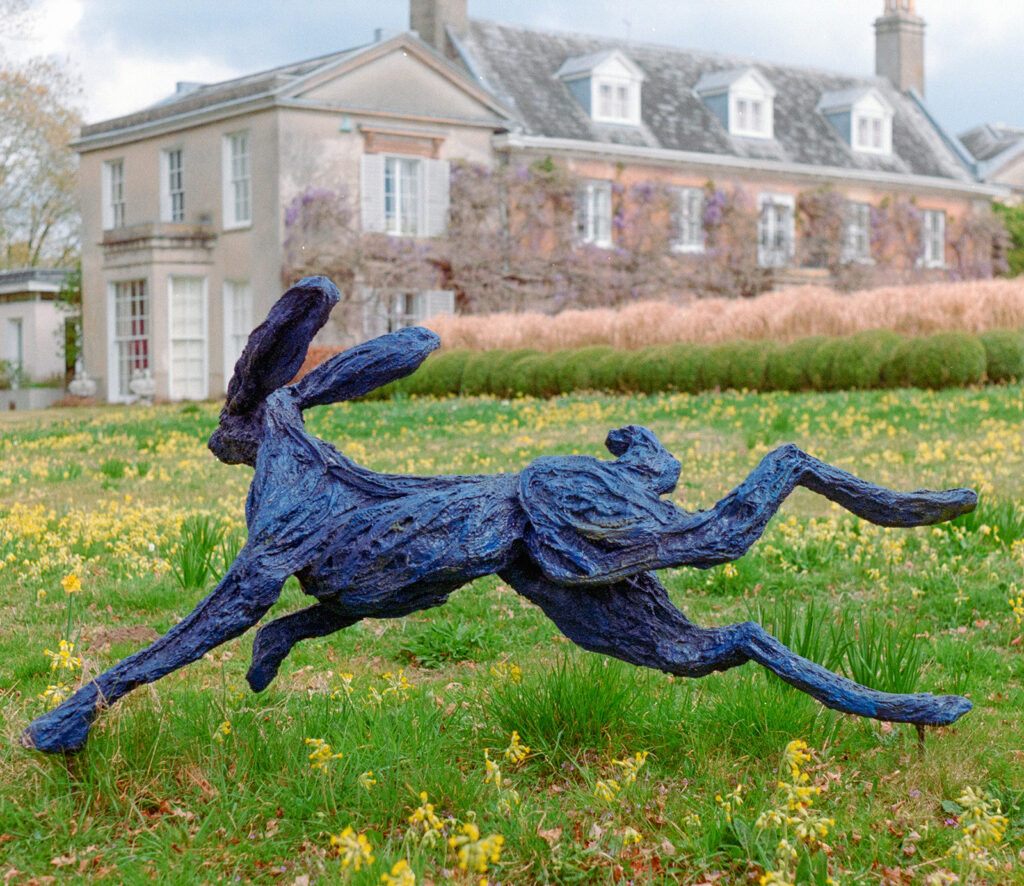


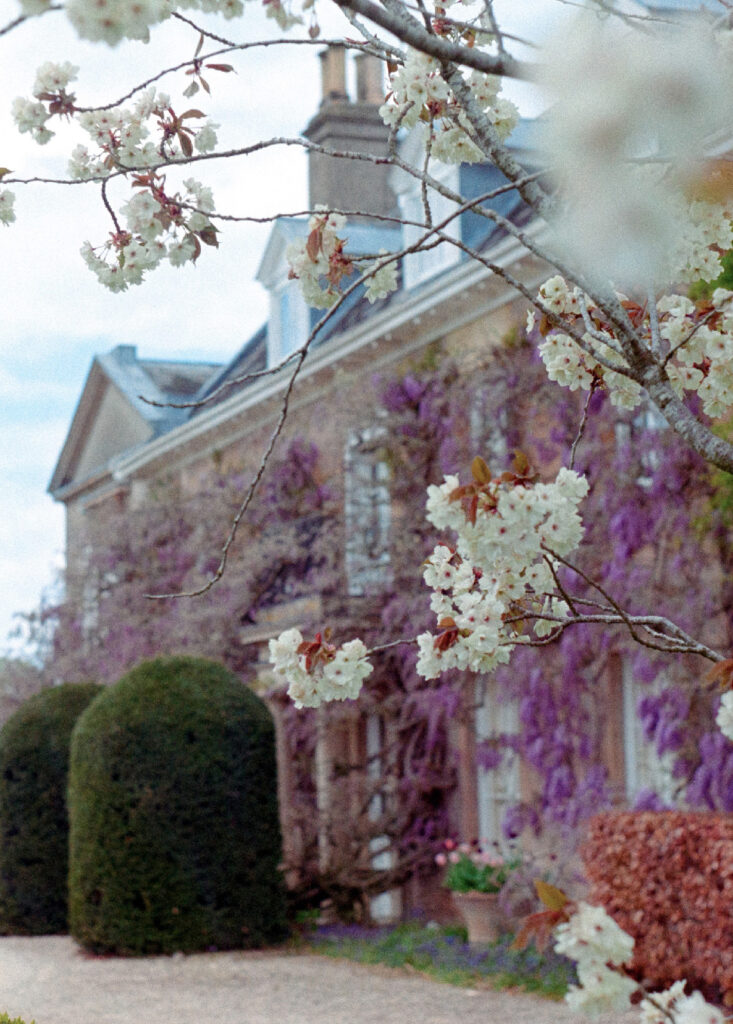

Share this post:
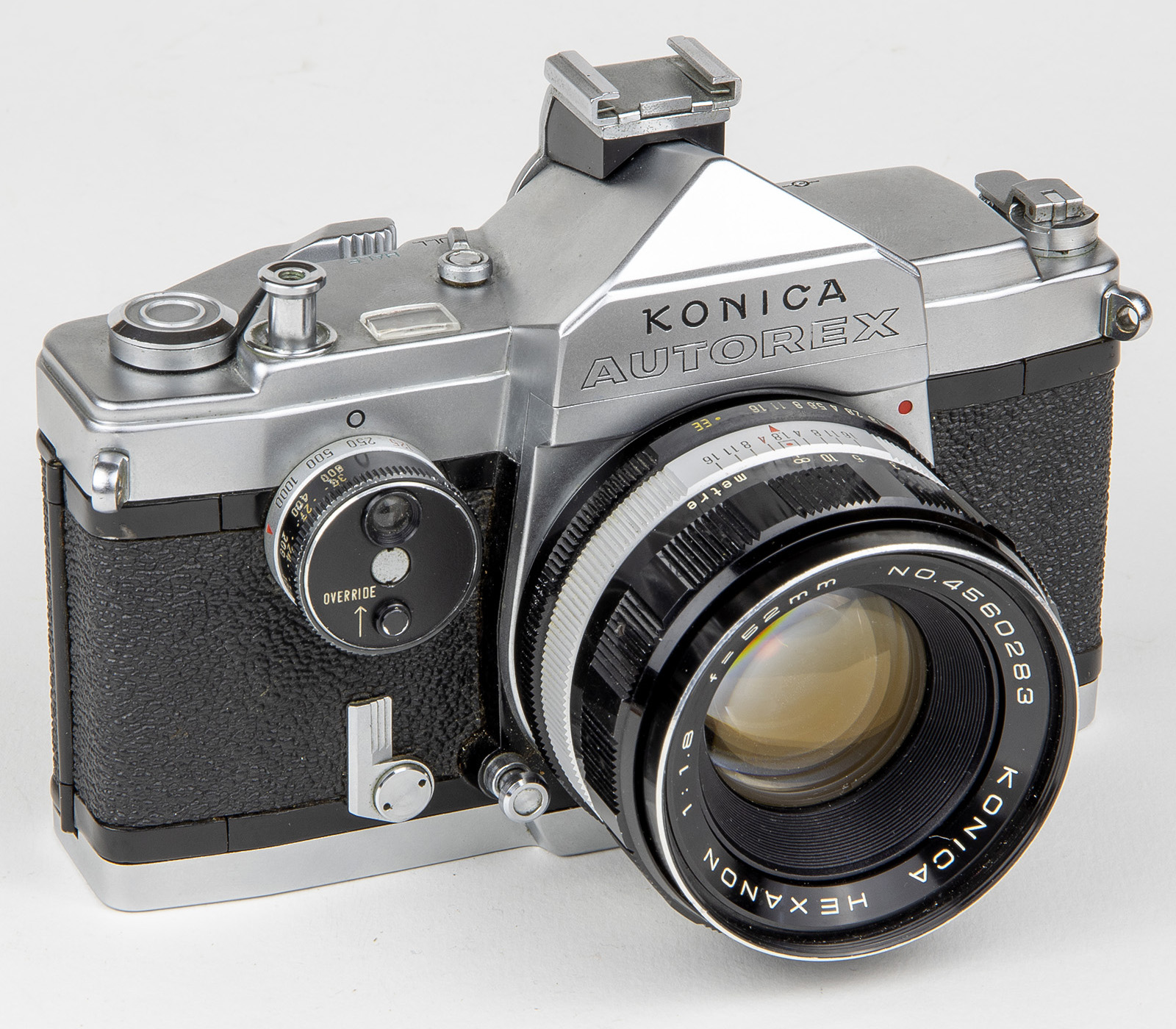

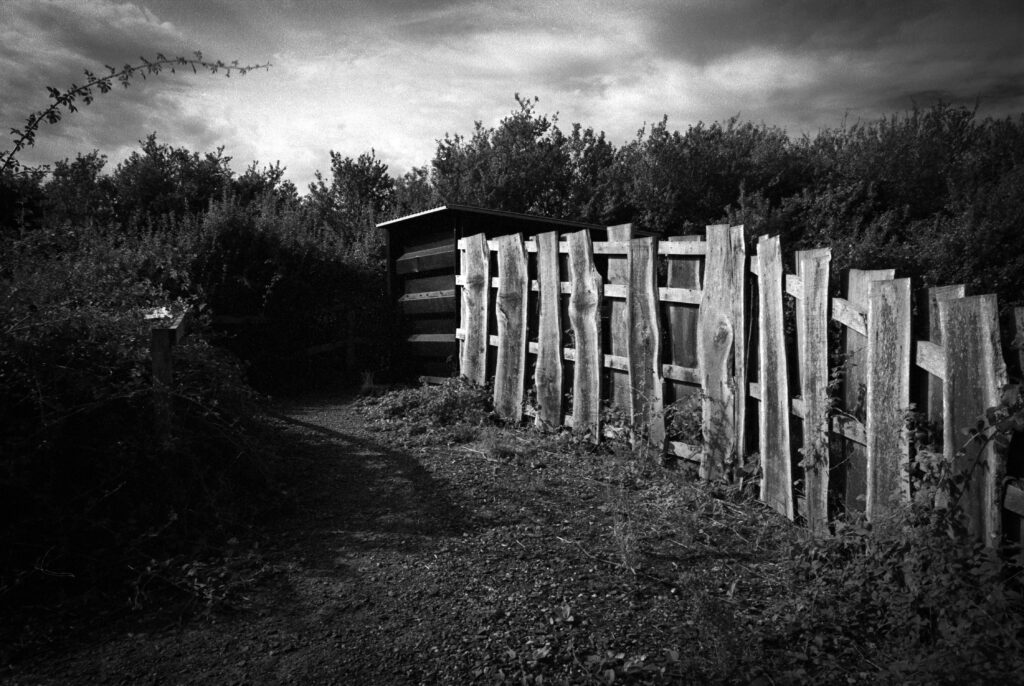
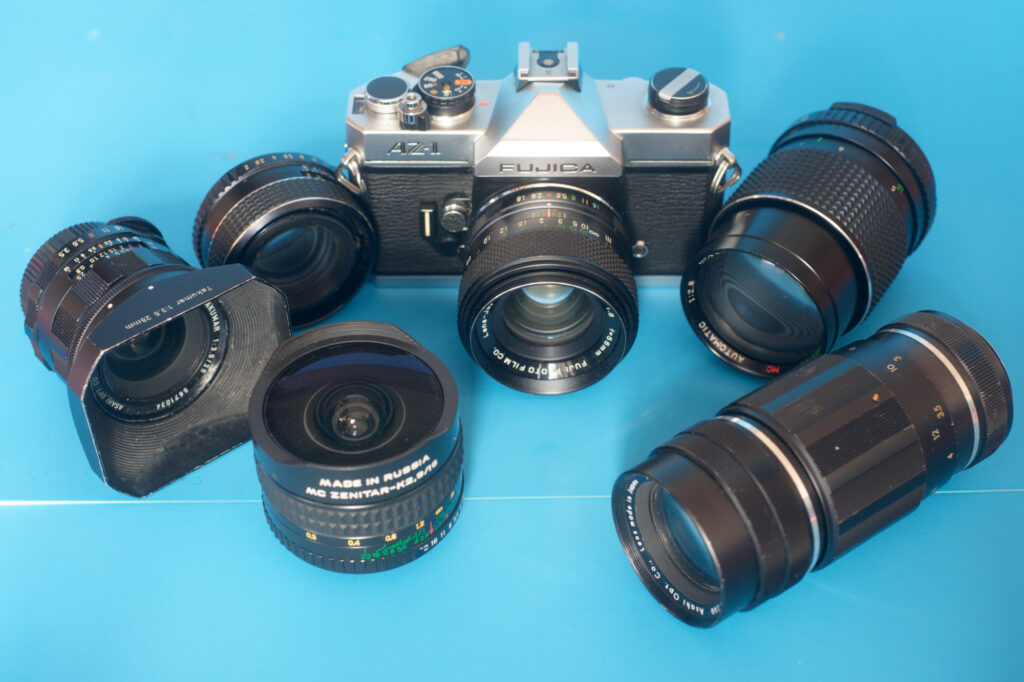
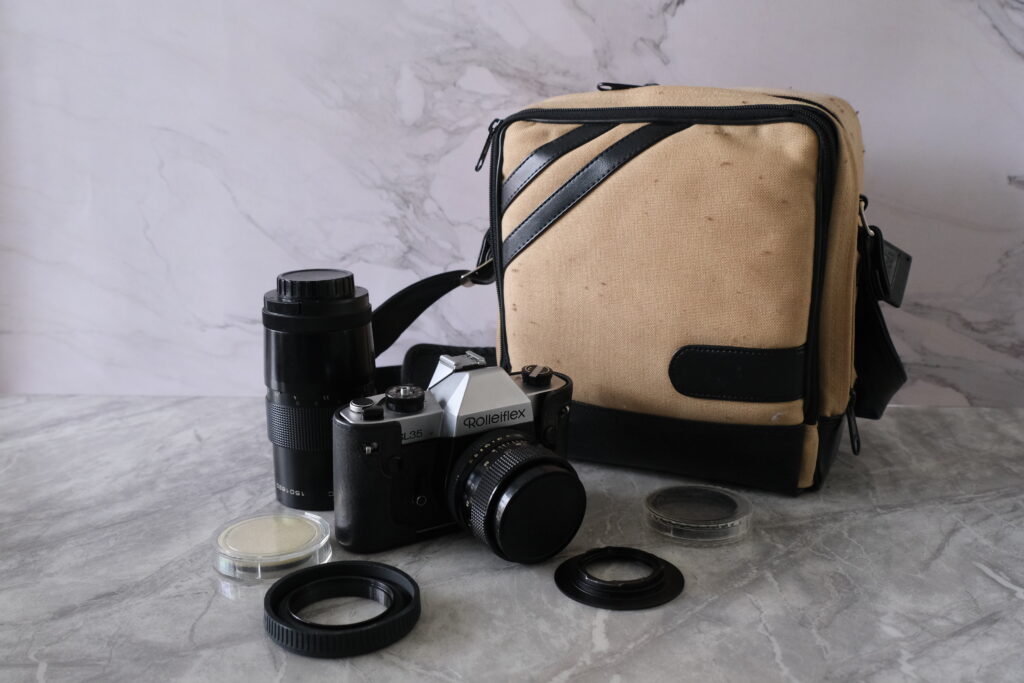

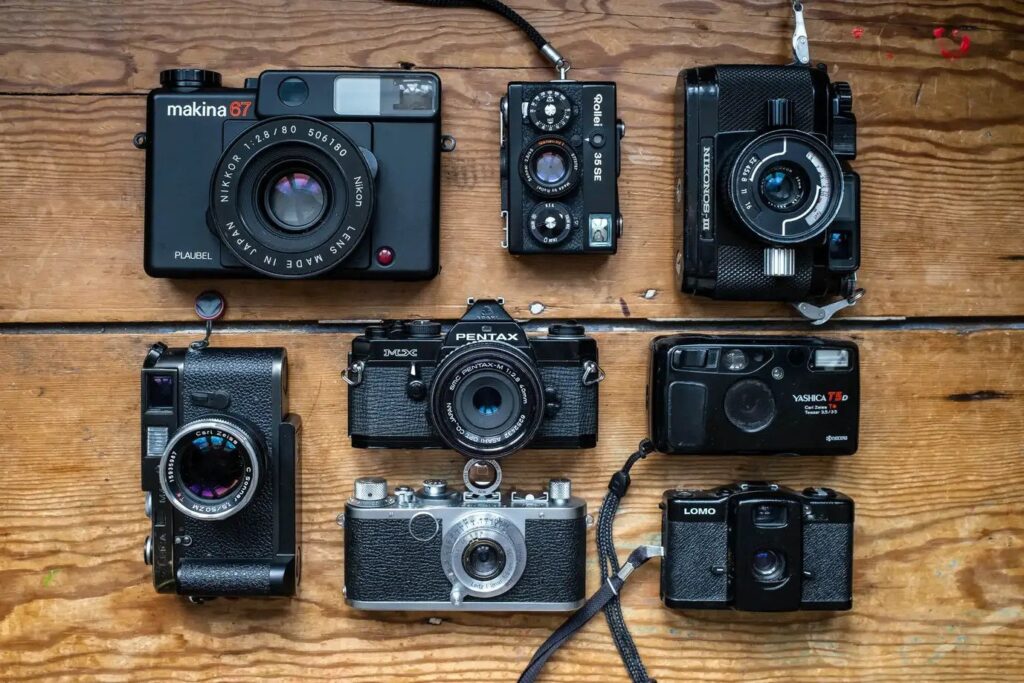
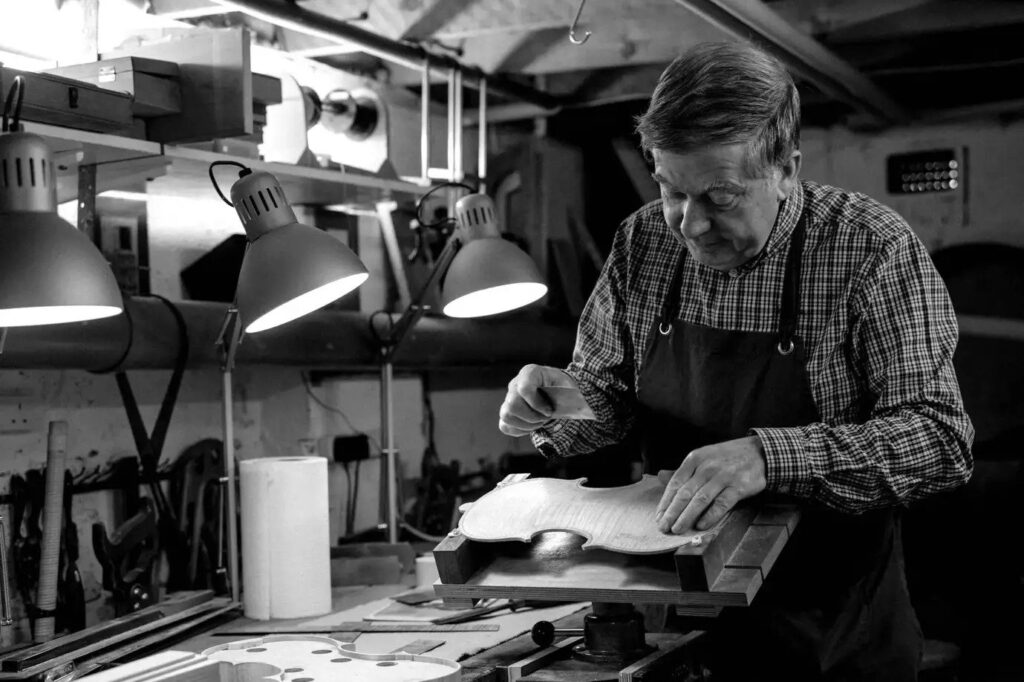
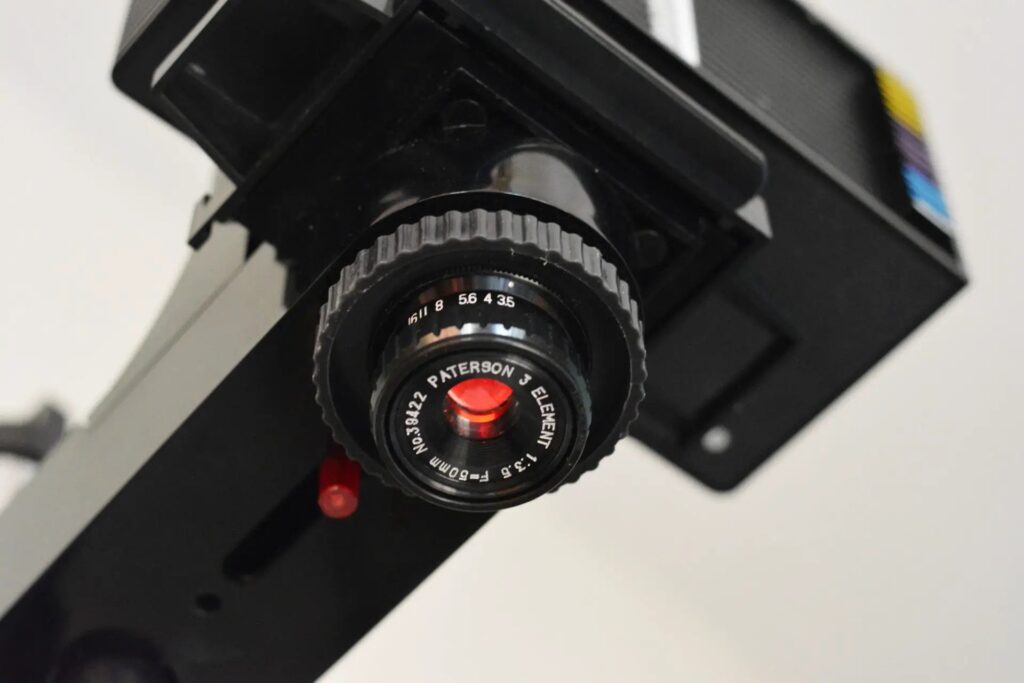
Comments
ReFreshed@66 on Konica Autorex – Shooting full and half frames on the same roll of film
Comment posted: 09/07/2025
As for your question about front-mounted shutter speed selectors, the Pentax AP and K series from the late 1950s had them too, albeit the front dial was for slow speeds, complemented by a top plate dial for faster ones.
Yes, beginning with the "F" (metal shutter; coupled meter), Konica was quite a formidable SLR innovator in the 1960s; it's a shame that history (and internet influencer reviews) have overlooked its valuable contributions. Your review is welcome for keeping memories of this lovely camera (and company), alive. Cheers!
Comment posted: 09/07/2025
Comment posted: 09/07/2025
Comment posted: 09/07/2025
Comment posted: 09/07/2025
Marcus Gunaratnam on Konica Autorex – Shooting full and half frames on the same roll of film
Comment posted: 09/07/2025
Comment posted: 09/07/2025
Comment posted: 09/07/2025
Nathan Leroy on Konica Autorex – Shooting full and half frames on the same roll of film
Comment posted: 09/07/2025
Do you have any clues as for why it was dropped for later cameras ?
Comment posted: 09/07/2025
Danilo Leonardi on Konica Autorex – Shooting full and half frames on the same roll of film
Comment posted: 09/07/2025
My philosophy is that since there’s no single camera design that does everything perfectly every time (and there couldn't be such a thing), a bit like car design, and because I use a small arsenal, it’s really just about awareness that one design places the controls in one spot and another in a different one. That’s my take: it’s all a matter of getting used to whichever system you’re working with at the moment.
By the way, the Hasselblad XPan and the Fujifilm TX-2 offer dual frame sizes, both panoramic and full frame and you can switch mid-roll. So, in addition to their native panoramic mode (24×65 mm), they can also shoot standard full-frame format on 35mm (24×36 mm) by masking the film gate. Although who would truly use such an "electronified" camera in 2025 as a regular 35mm is another question, it's probably best used in panoramic mode while everything is working as it should, but I digress.
And of course, there’s the yellow tell-tale of thorium in the lens. The camera looks absolutely beautiful.
Comment posted: 09/07/2025
Bob Janes on Konica Autorex – Shooting full and half frames on the same roll of film
Comment posted: 09/07/2025
I imagine the front mounted dial was to simplify the metering - with the ASA setting altering a mask in front of the CDs cell - that's what the Auto S3 does...
Does the red mask on the aperture scale in the viewfinder adjust as you put a lens on? with the later models it shows if the lens can open as far as the camera wants it to..
Comment posted: 09/07/2025
Gary Smith on Konica Autorex – Shooting full and half frames on the same roll of film
Comment posted: 09/07/2025
Shooting both on one roll seems like an odd requirement, sort of like removing a roll mid-way and switching to another film. How often do you want/need to do so?
I have a hard time shooting 36 exposures and remembering what I have on the roll let alone shooting 72.
I suspect there are folks who loved the option!
Thanks for your review!
Comment posted: 09/07/2025
Alexander Seidler on Konica Autorex – Shooting full and half frames on the same roll of film
Comment posted: 10/07/2025
Comment posted: 10/07/2025
Alan Simpson on Konica Autorex – Shooting full and half frames on the same roll of film
Comment posted: 10/07/2025
Martin on Konica Autorex – Shooting full and half frames on the same roll of film
Comment posted: 10/07/2025
Comment posted: 10/07/2025
Comment posted: 10/07/2025
Jeffery Luhn on Konica Autorex – Shooting full and half frames on the same roll of film
Comment posted: 11/07/2025
And then there were the people at the film developing lab being irritated about the inconvenience of dealing with half and full frame images on slide film. Some cursing on that score, I'm sure.